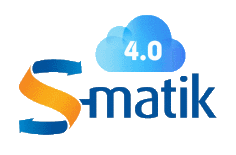S-Matik 4.0 |Cloud Based Queue Management Application
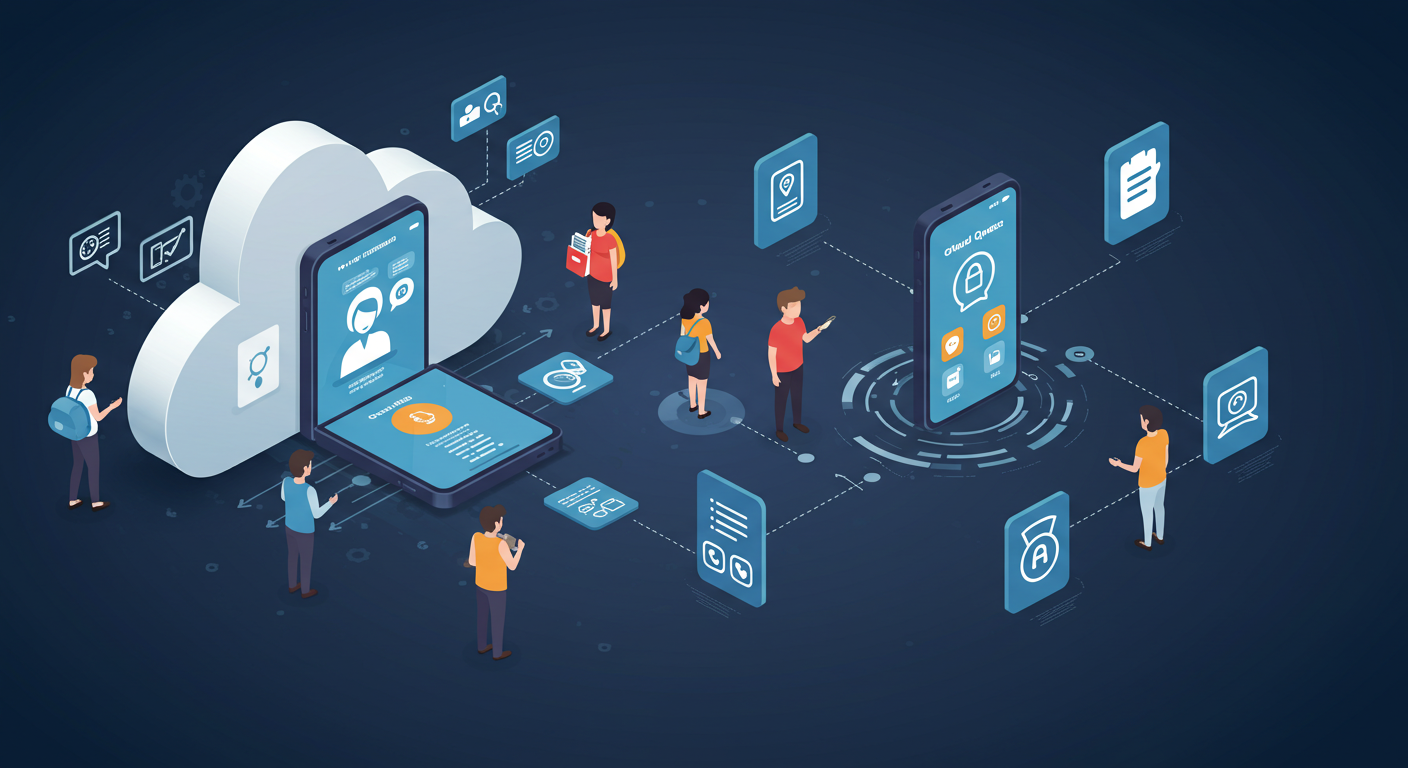
S-Matik 4.0 is a next-generation, web-based queue management software that, unlike traditional queue management systems, operates on a private cloud with a fully centralized architecture.
Thanks to its innovative features compliant with the Industry 4.0 concept, it has received an award in the PSM Awards - Innovative Customer Interaction and Experience category, organized by PSM Magazine.
The development strategy of the S-Matik 4.0 application is built on 4 fundamental concepts: Functionality, Performance, Security, and Integration capabilities.
Key Features
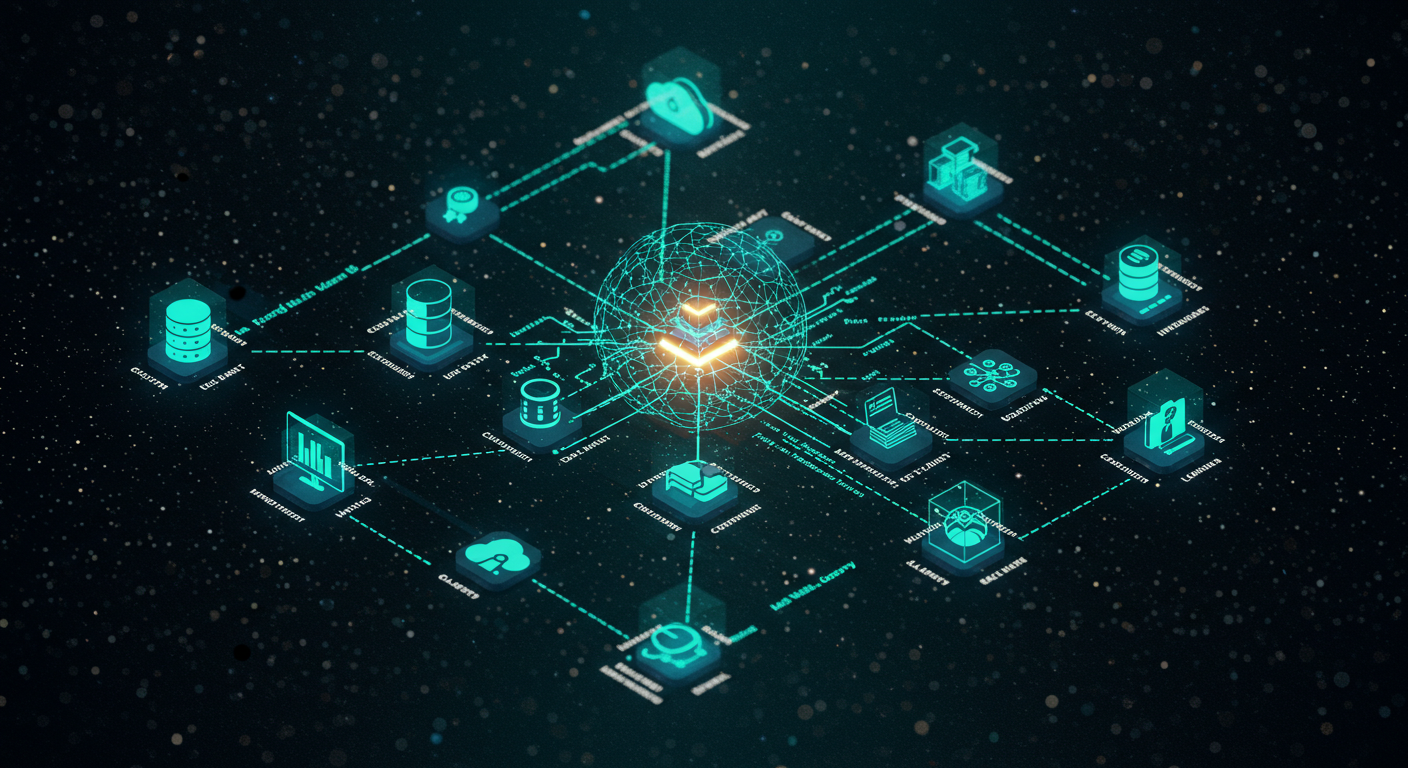
Cloud-Based Centralized Architecture
- Kiosks, terminals, and digital signage apps are operating on the central server.
- The need for file distribution and manual updates is eliminated.
- The entire system can be configured and monitored through a single interface.

Flexible Integration Capability
- Open system architecture via RESTful & SOAP web services
- Integration with CRM for prioritization & with Core Applications for terminal functions
- Integration with 3rd-party appointment systems, SMS services and Digital Signage solutions.
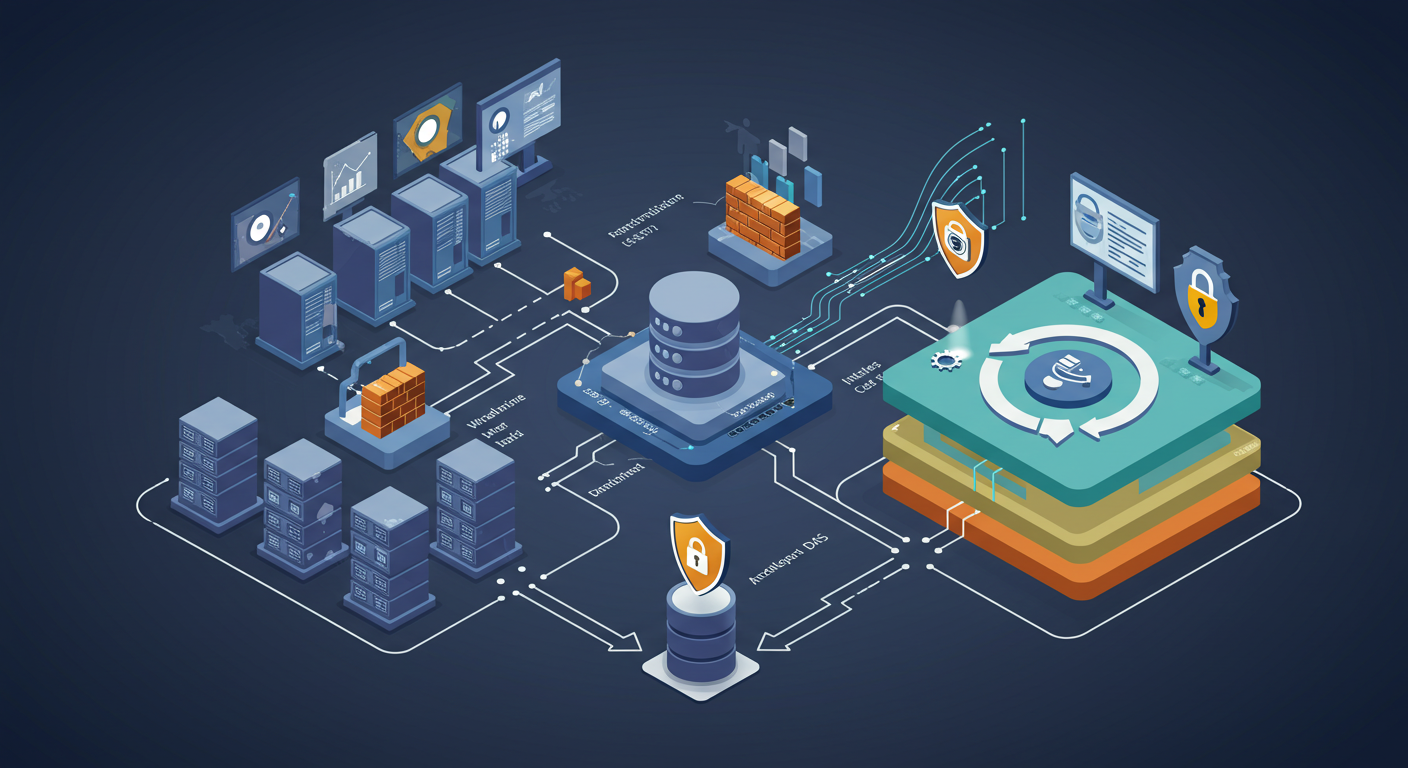
Scalability & Security
- Easy integration of new branches into the system
- High performance with load balancing
- User-based authorization, data encryption, and backup infrastructure
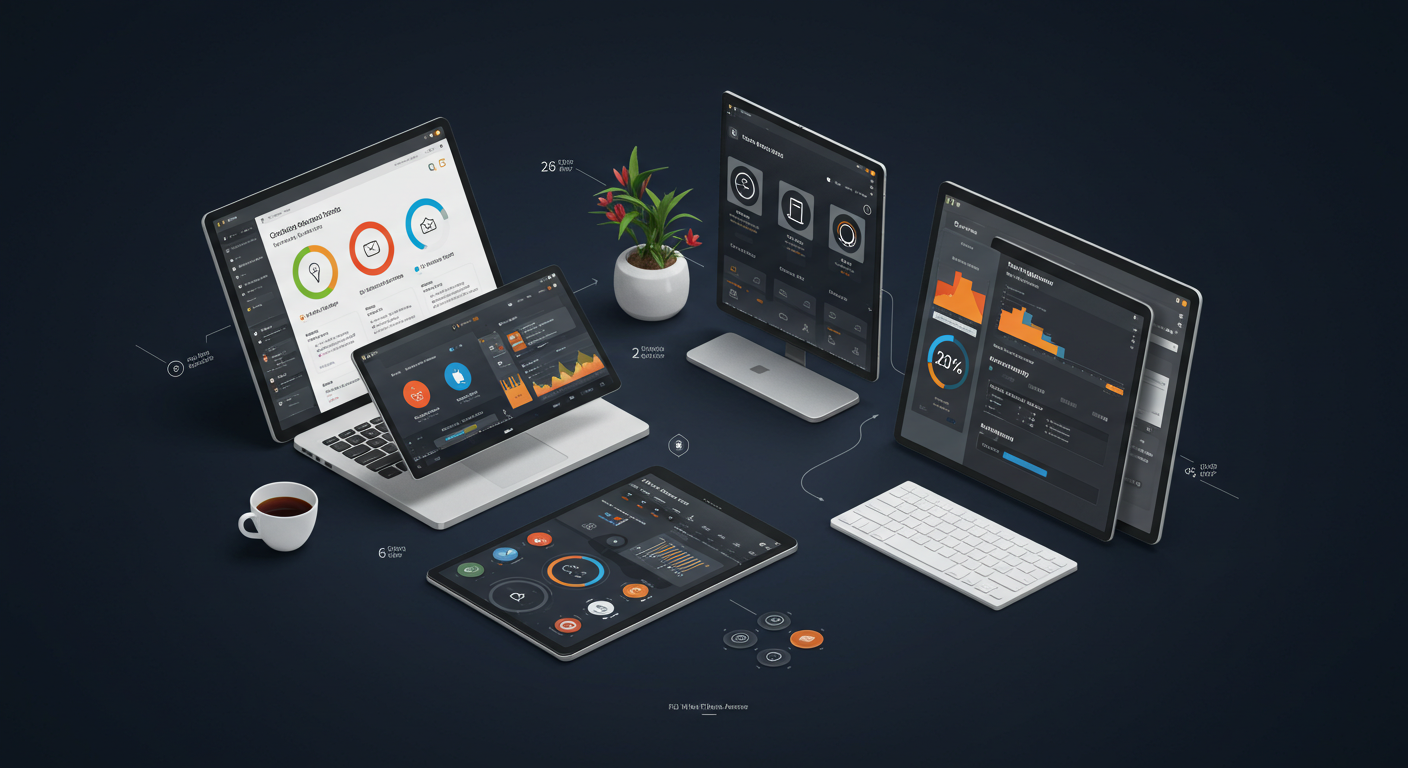
Dynamic and User-Friendly Interface
- Customizable kiosk, terminal, and digital signage interfaces with branch-specific templates
- Rich content presentation with multimedia support (JPG, PNG, MP4) in user interfaces
- Fast and user-friendly interface with Angular SPA technology
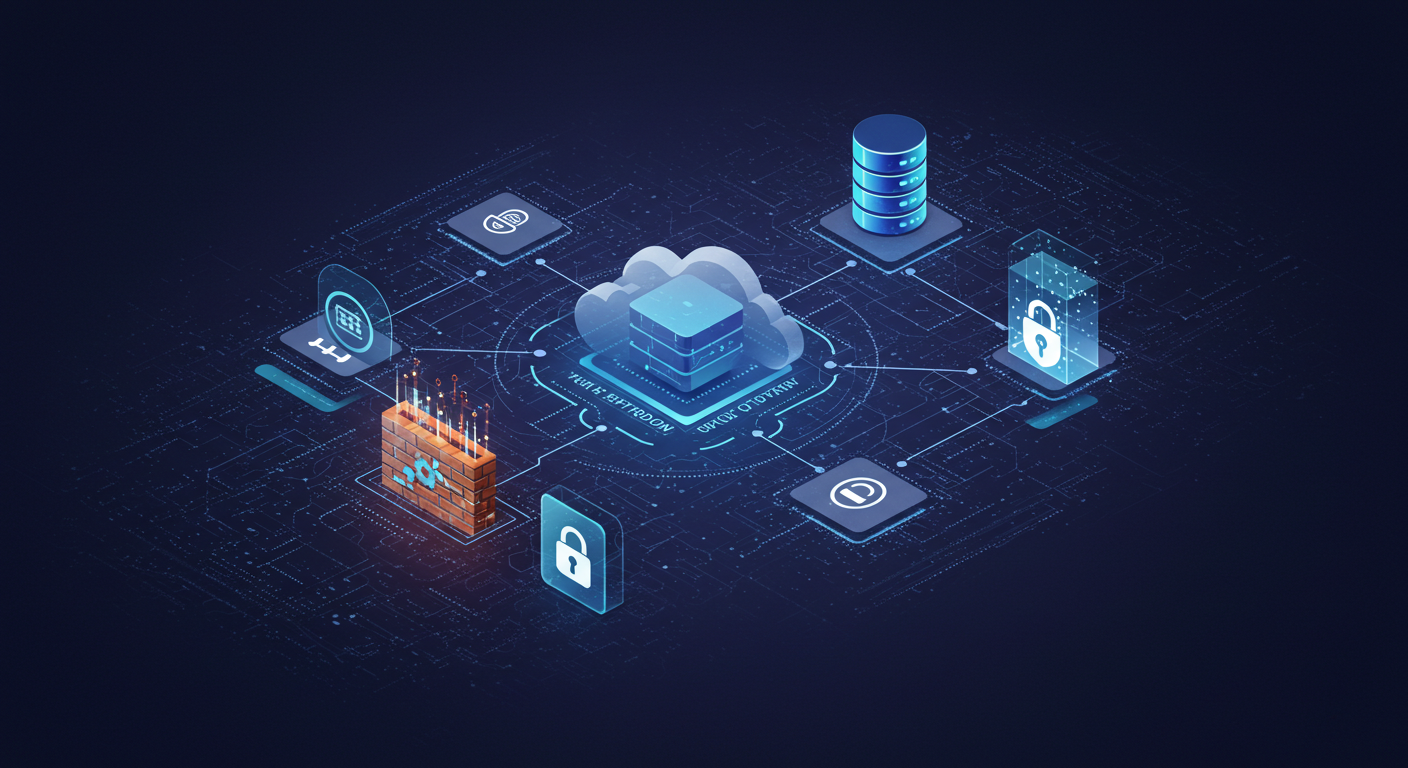
Smart Prioritization (Rule Engine)
- Algorithmic scoring based on criteria such as segment, transaction type, appointment information, and transaction time
- Optimizing customer experience with condition-based routing
- Real-time decision support structure
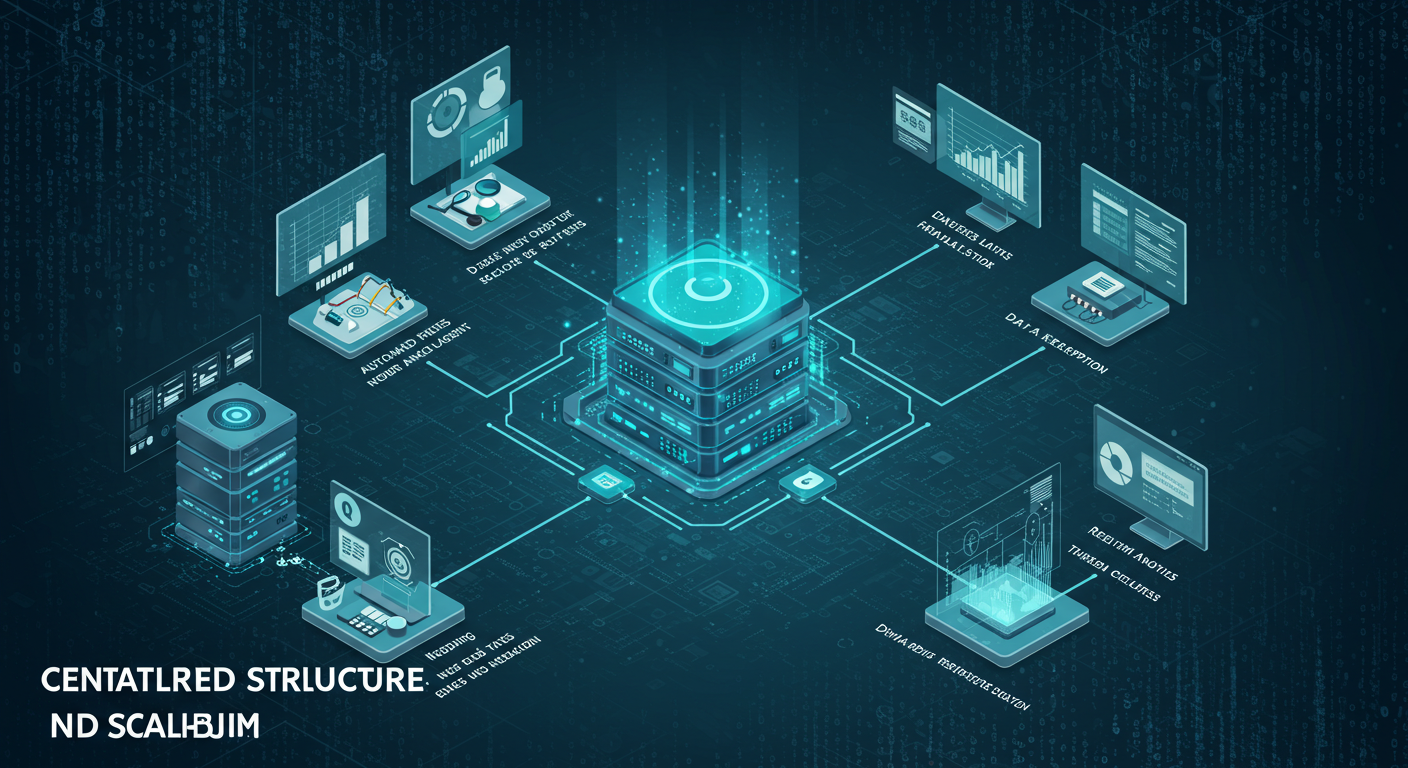
Powerful Admin Panel
- Centrally manage all branches and service points
- Button, category, content, campaign, parameter settings, advanced ticket templates, segment management
- Advanced reporting and real-time monitoring tools
| CURRENT SOLUTIONS | S-MATIK 4.0 |
|---|---|
| Local Applications: Existing queue system softwares have a distributed structure with central and local applications. | Centralized Structure: S-Matik 4.0 has a centralized architectural structure. It does not require file distribution after updates. |
| Local Data Storage: Each kiosk operates independently and stores its data primarily in its own local database, transferring it to the center at specific intervals. | Centralized SQL Database: All kiosks are connected to a server family at the center, and data is stored on the central server. This allows for centralized management, easy updates, and advanced reporting capabilities. |
| Limited Integration Capability: Generally, only CRM and Core system integrations are supported. | Flexibility in Integration: Thanks to its central and modular structure, a wide variety of integrations with different systems currently used by institutions can be easily implemented. |
| File Distribution: In current solutions, file management is done with SSCM or Windows batches. Version updates require file distribution for each location. | Centralized Version & Parameter Management: In S-Matik 4.0, file management can be done through a user-friendly interface. S-Matik 4.0 software updates are done centrally, which reduces the need for field maintenance. |
| Local Definitions: Since the systems are installed locally, all parameters must be loaded locally. | Flexibility - Template Management: Despite the central structure, branch-specific differentiations are possible thanks to template-based definitions. Kiosk, Digital Signage, and Ticket Printing templates can be differentiated. |
| On-site Intervention: On-site intervention is necessary for software-related failures. | Centralized Intervention: Due to the centralized structure, if the central applications are running, on-site intervention may only be necessary for hardware-based issues. |
| Simple, target-based prioritization definitions starting from FIFO are essential. | Smart Rule Engine - Scoring-based prioritization managed by smart algorithms is adopted. |
| Standard prioritization rules functions are supported. | Flexible and enriched functions with the integration capability provided by the central structure |
S-Matik Digital Signage
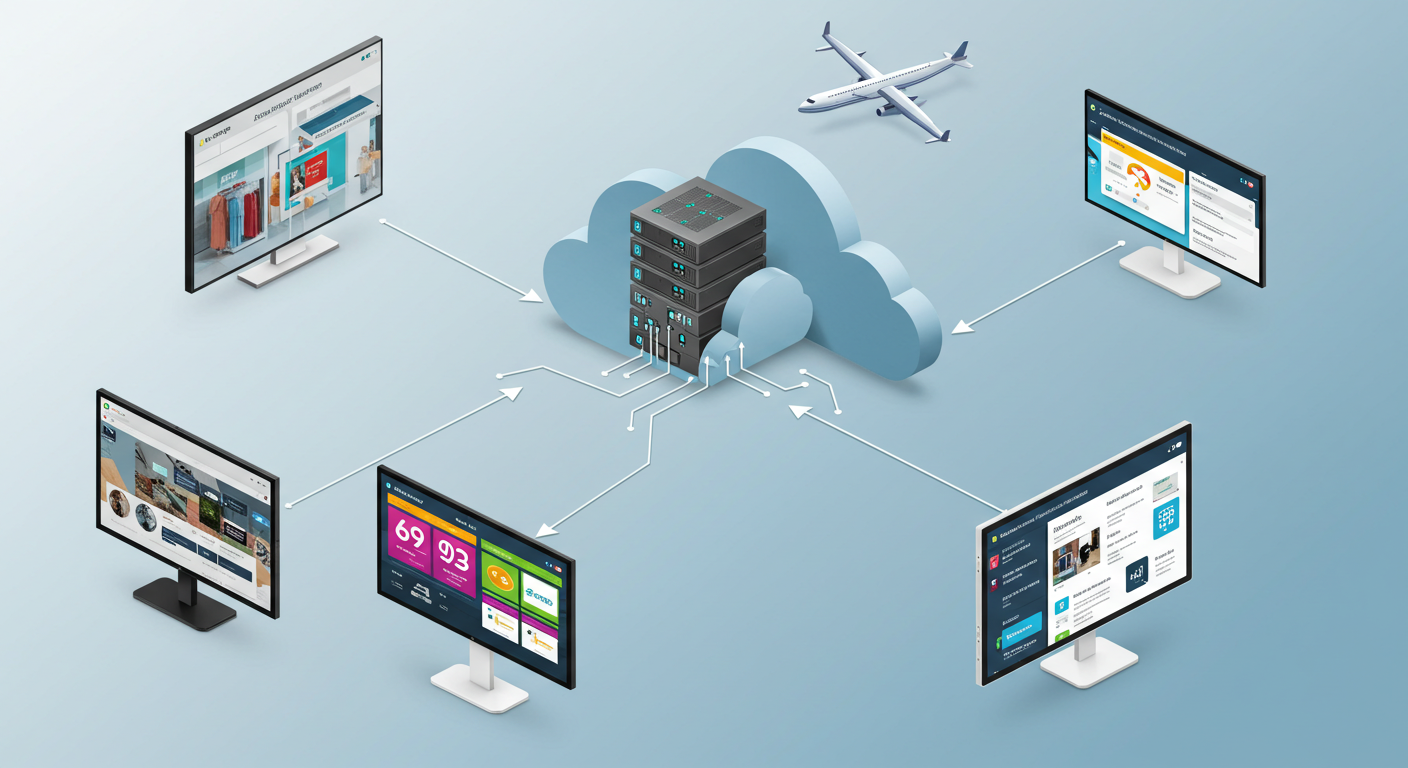
Interacting with your customers has never been easier. With the S-Matik Signage solution, turn waiting times into opportunities by interacting with your customers.
With the S-Matik Digital Signage application, while called customers can be tracked sequentially on a part of the screens used as main indicators, scrolling text areas can be defined in another area where you can present your corporate logo, corporate images, video or slider images, and even your messages as text.
Thus, while your customers are waiting for their turn, this medium, where your audio, video, and visual files will be published to convey your campaigns, announcements, and corporate messages, allows customers to spend their waiting times actively.
S-Matik Appointment
Thanks to our reservation-based appointment system that works integrated with the S-Matik queue management system, it is ensured that customers who are at the branch at the time of their appointment are properly prioritized and called in the queue system.
Appointment records do not just remain as records; they are included in the service flow process in your branches with the S-matik system. Thus, while your branch densities become manageable, your customers are enabled to receive service without waiting.
When a customer with an appointment arrives at the branch and enters their identity information (such as TCK No, customer no, etc.) or the special reference number for their appointment, the necessary time and location checks are made, a queue number is generated, and it is guaranteed that they will be called by the relevant person or services without being kept waiting.
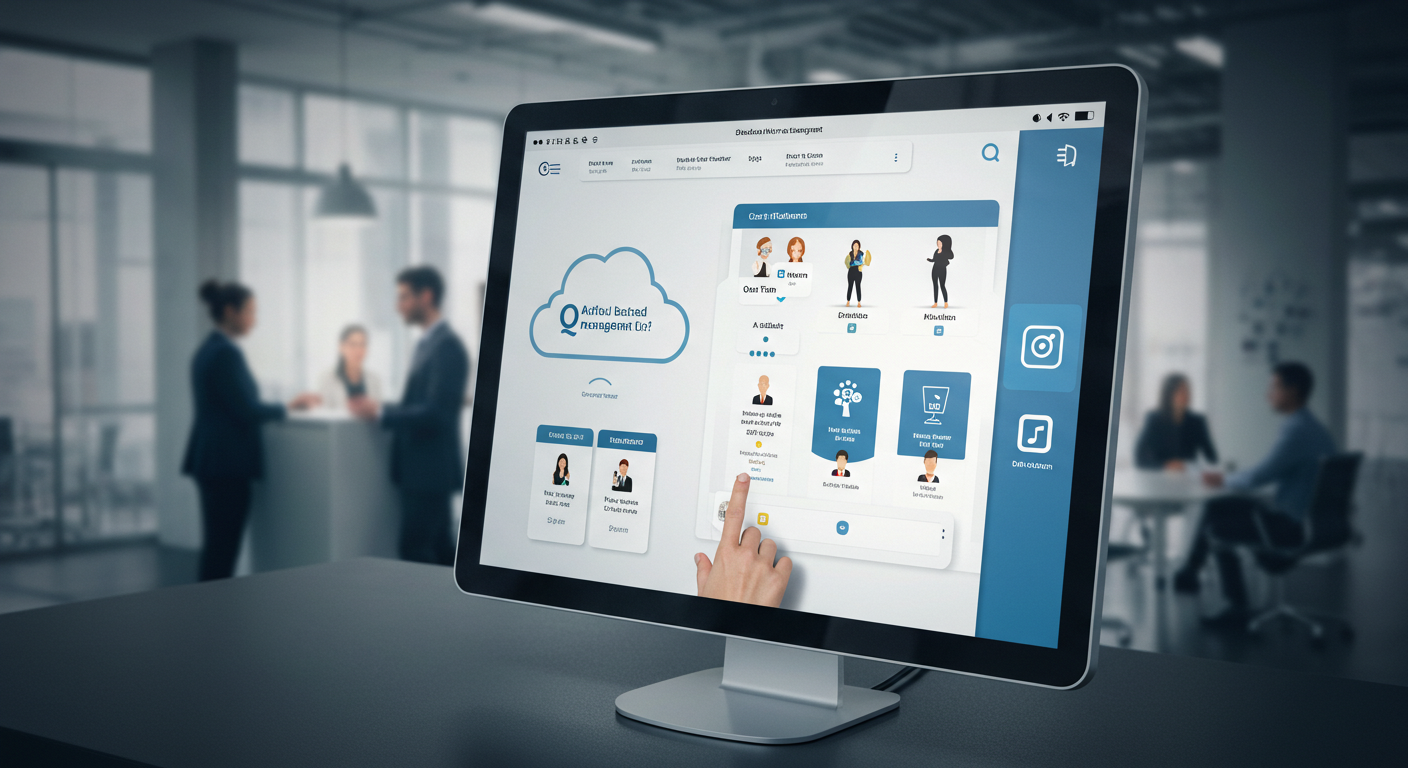
S-Matik API - Integrator
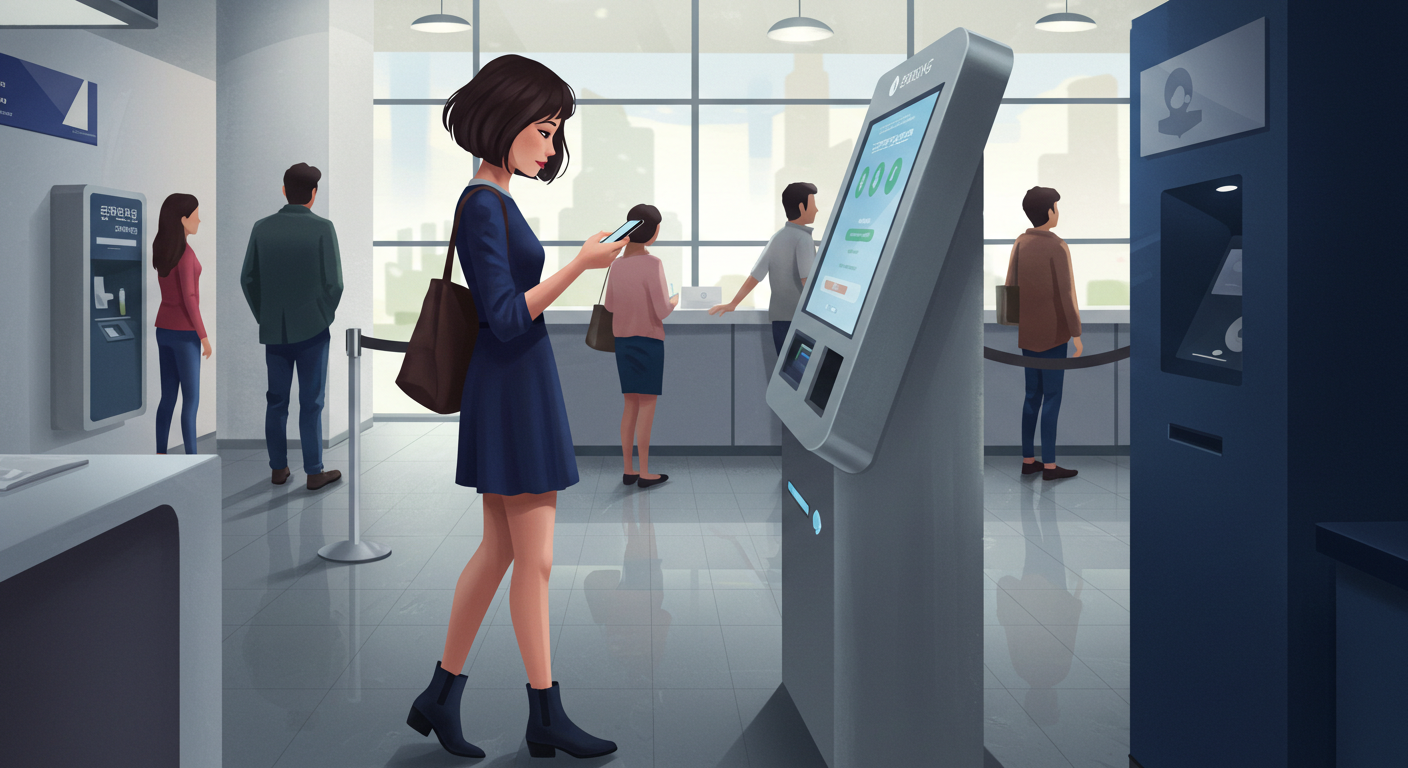
Thanks to its central and modular structure, S-Matik has an open system architecture with an advanced API library that can call external services or respond to calls from external systems.
Communication with the institution's systems is possible with SOAP or REST services. Thanks to this open structure, end-to-end integration is provided.
In addition to the integration libraries listed below, thanks to its central and modular structure, a wide variety of integrations with different systems currently used by institutions can be easily provided.
🔍 CRM Integration
- Customer recognition (ID number, etc.)
- Prioritization by retrieving segment information via CRM
- Customer-oriented transaction sequencing
🏦 Core Integration
- Embedding terminal functions into corporate systems
- Integration with systems like Banking System, SAP, ERP
🗓️ Appointment Integration
- Working with S-Matik or 3rd party appointment systems
- Appointment verification at the ticket acquisition stage
📲 SMS Integration
- Sending queue numbers via SMS
- Connection with the institution's existing SMS services
🖥️ Digital Signage Integration
- Transfer of call information to existing screen systems
- Compatibility with internal and external signage solutions
👥 User / LDAP Integration
- Authentication with Active Directory and LDAP
- User authorization
